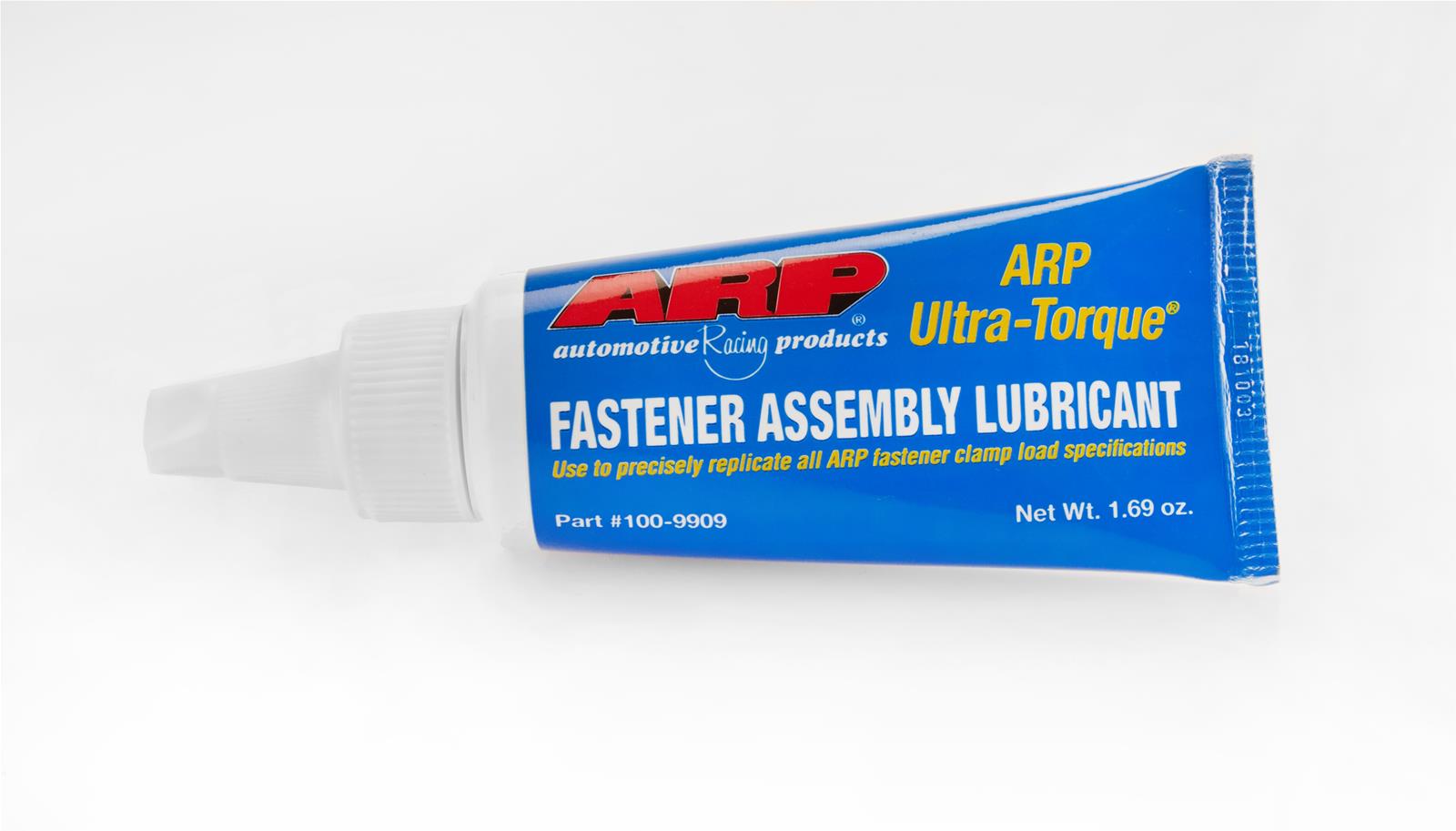powerfulone
Registered
This issue has arisen a few times over the years. I've used aftermarket head studs and nuts over the years on Busa's. I have noticed that the nuts are never as tight on a strip down as when first installed. Some rebuilds have been because of head gasket failure. Head studs have to have elasticity in them to cater for the expansion of the aluminium engine when hot. If the studs elasticity is insignificant then its going to pull the case threads and the head torque is going to back off. This may not be a problem with drag motors as they do not get as hot as circuit or top speed use. I have just had a Supercharged B King blow a head gasket and the owner commented that all the head nuts were not very tight (APE 10mm studs). I'm wondering 2 things. 1, is this a stud issue or 2 should I be going to 12mm (1/2 inch studs). Or should I try stock bolts at much higher torque. As a side bar. I built a Triumph triple motor a long while back and I know a few techs in Triumph. They recommended I crank up the head bolts a lot more than stock, said they would take a load more angle (torque) than the manual. I did that and had no trouble. I also built a Nitrous busa back in 1999, with 120 shot of Nos. It was so new I had no spares. I reused the head gasket and bolts and we had no trouble and set a new British land speed record for flying 1/4 mile. There are a lot of guys out there that build far more Busa motors than me, so I'm just putting it out there for response. Thanks




